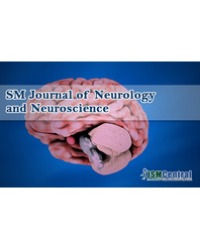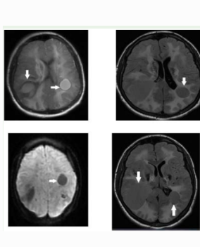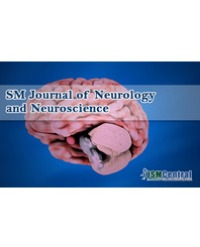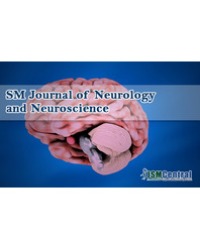
Cdk5 and Folate Gene Variants may Regulate Efficacy of Pharmaceutical Intervention in ADHD Probands
Aim: Therapeutic intervention forms crucial part in ADHD management. However, treatment is often discontinued due to adverse outcome. We attempted to find out gene variants which may predict treatment outcome.
Patients & Methods: ADHD patients recruited through DSM-IV, were assessed through Conner’s Parent Rating Scale and Drug side effect rating scale. CDK5 and folate gene variants were analyzed by sequencing and RFLP based genotyping.
Results: MPH treatment caused significant improvement in presence of MTHFR rs1801131 “C”, while ATX caused improvement in presence of MTR rs1805087 “G”. Behavioural problem and hyperactivity improved in presence of CDK5 rs2069459 “TT”. Studied variants showed significant independent as well as interactive effects which correlated with phenotypes.
Conclusion: We hypothesize that genes encoding for CDK5 and folate may modulate post-treatment outcome of ADHD by affecting function of MPH.
Subhamita Maitra¹,², Tanusree Saha¹,³, Mahasweta Chatterjee¹, Anirban Ray⁴, Swagata Sinha¹, and Kanchan Mukhopadhyay¹*




